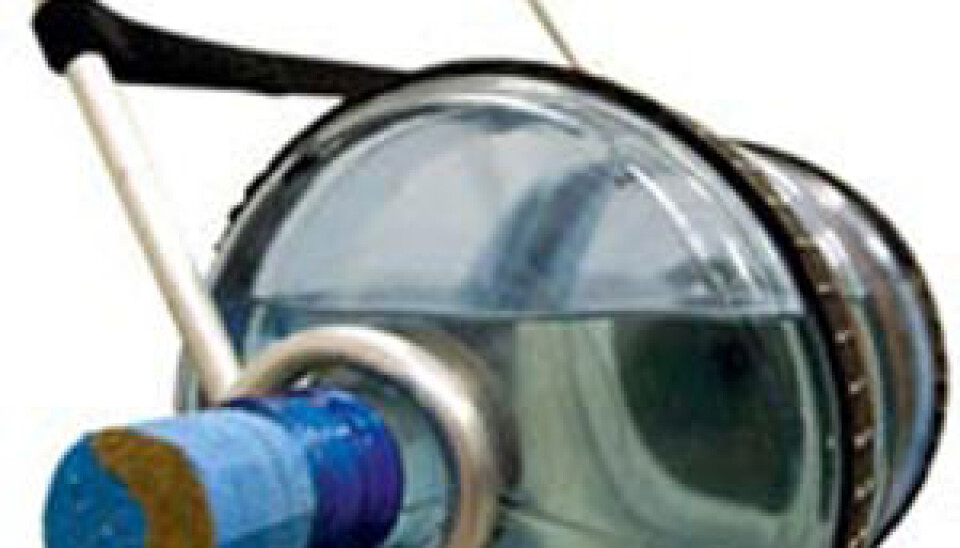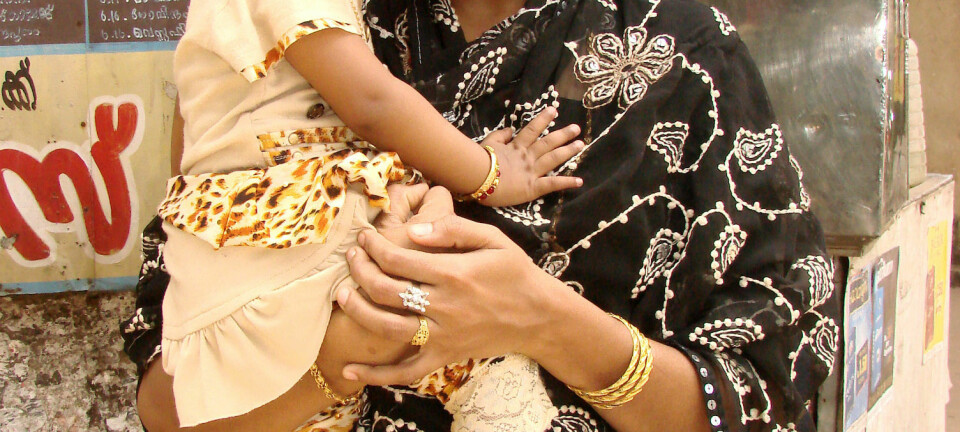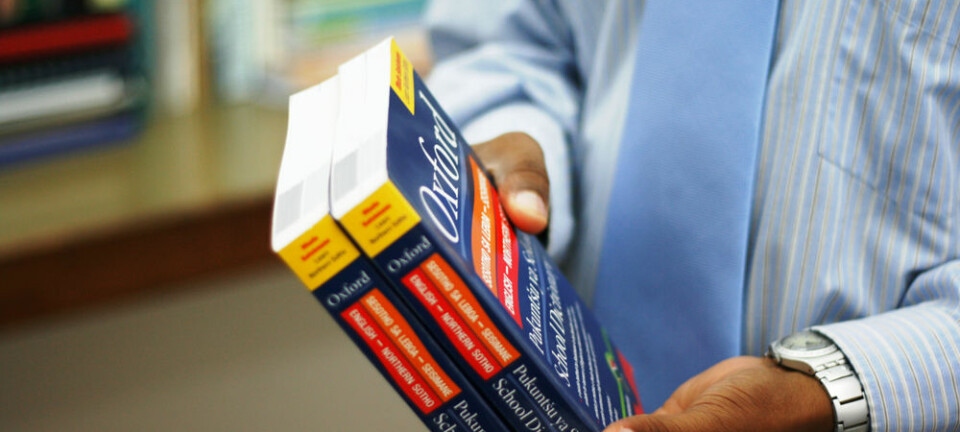An article from Norwegian SciTech News at NTNU

A water pulk from the rubbish dump
With a simple water pulk or transporter, children in developing countries could have more time for schooling.
Denne artikkelen er over ti år gammel og kan inneholde utdatert informasjon.
“We want poor people to be able to make our water pulk out of materials that they have lying around,” says Olav Fåsetbru Kildal.
Kildal is an architecture student at NTNU and the brains behind the water pulk, which has now seen the light of day as a result of Experts in Teamwork, a collaborative problem-solving course that is obligatory for all master’s students at NTNU.
Kildal got the idea for the water pulk when he was in Haiti and saw children carrying large buckets of water on their heads every day, often over long distances.
Water buckets are given out by aid organizations, and usually can hold 10-14 litres.
The daily weight causes great stress on young bones, muscles and joints. According to several aid organizations, children in many developing countries use so much time to transport water that it reduces their time for schooling.
Pulling the water behind them would be much easier, Kildal thought.
A trip to the dump
When Kildal was in Haiti at Eastertime, he took a trip to the garbage dump to see if his idea could be implemented. After fifteen minutes his water pulk was ready.
“There are a lot of hoses and rebar lying around. The rebar can easily be bent into a pole. So I used glue and some wooden blocks to attach the pole to the container. An old tire works well to protect the container. The only downside is glue. But it is possible to make glue of local materials,” says Kildal.
Once Kildal and his fellow students got their grades, however, they had to put their idea for the water pulk on ice.
“We don’t have enough resources to follow up on our work. We have planted the idea, and now we'll see if anyone uses it,” says Kildal.
































